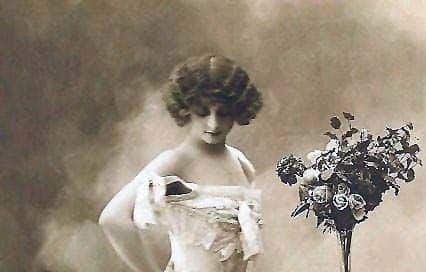Table of Contents
Emergency Treatment for Nymphomania
Dr. Rothammer Confers
Festivals Kickoff!
Quote of the Week
Pet Photo of the Week
Emergency Treatment for Nymphomania
Further anti-abortion guidance for possible causes of pregnancy and how to help women avoid it.In the late 19th century there were several factors influencing the push to outlaw abortion: a backlash to the suffrage movement, increasing economic and educational opportunities for women, and fear that the birth rate for Whites, specifically Protestants, would continue to fall and lead to the elimination of the White race in America.
In the late nineteenth century, therefore, even minor transgressions of the social strictures that defined "feminine" modesty could be classified as diseased. A convergence of several factors helps to explain this medicalisation [sic] of female behavior. Starting in the late eighteenth century, woman's nature was increasingly defined as inextricably bound up with her reproductive organs. This supposedly objective, scientific "fact" created the new framework within which physicians and other authorities found justifications for the limitations of women's social and economic roles. It was thought only natural that women would and should find their fulfilment solely in taking on the roles of wives and mothers.— from “Nymphomania: The Historical Construction of Female Sexuality,” by Carol Groneman
Outlawing abortions was an easy solution in the late 1880s. Curbing what was perceived as a major reason for abortions was a little more difficult, consisting most frequently of a doctor diagnosing a woman as dangerously ill if she expressed any interest in sex at all. The textbook Sexual Ills and Diseases (1896) describes the newfound illness, nymphomania, as “intense desire for sexual gratification, especially in the unmarried.” The symptoms included flirting, blond hair, laughing too much, an enlarged clitoris and overly moist vagina, being more interested in sex than her husband, and wanting a divorce. Women who went to college and those who worked outside their parents’ home were especially suspect.
Treatments began to appear in medical textbooks and, most alarming, in laymen guides to tending to the sick. Many involved mutilation of the vagina and uterus that would eliminate the need for abortions altogether. In addition to the advice that the inflicted pray, the patients were often prescribed a less invasive, thus more popular, cure that relied on substances readily available then but not so much now:
Keep reading with a 7-day free trial
Subscribe to America Eats! to keep reading this post and get 7 days of free access to the full post archives.



